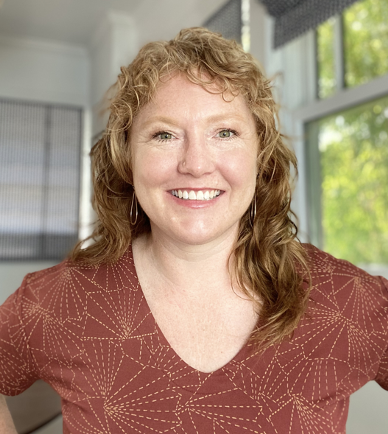Hello, AEA365 community! Liz DiLuzio here, Lead Curator of the blog. This week is Individuals Week, which means we take a break from our themed weeks and spotlight the Hot Tips, Cool Tricks, Rad Resources and Lessons Learned from any evaluator interested in sharing. Would you like to contribute to future individuals weeks? Email me at AEA365@eval.org with an idea or a draft and we will make it happen.

Hi, my name is Heidi Berthoud (bear-too), and I am the founder and principal at Heidi Berthoud Consulting. My team and I work on public health issues through community-based data collection and reporting in the Pacific Northwest.
Community Health Assessment
Community health assessments (CHA) are a key tool for understanding community health needs, gaps, and strengths. Nonprofit hospitals in the United States must conduct assessments every 3 years, but they are optional for public health departments in some states. Many assessments take existing, secondary quantitative data and compile a report using these metrics only. But evaluators know the importance of bringing a broader lens to data collection and reporting. Using qualitative data to augment secondary quantitative data, CHAs become a robust picture of community needs and provide opportunities to share the most pressing and important health needs.
Public health takes a broad lens when defining health, known as the social determinants of health. Our CHA process asks participants to reflect on topics that affect a person’s health including food access, transportation access, mental health, housing, and childcare. We want to know more than just whether someone is sick or healthy or if they have a doctor. We know many other factors influence community health including stigma, racism, and structural inequalities.
CHA Process

Our process includes qualitative, mixed methods, and quantitative data collected in English and Spanish. This includes interviews, community surveys, and ~400 key health indicators from state epidemiology data sets, statewide surveys, census data, and other sources. Using those data, we develop focus groups to understand health needs. We use the MAPP framework to guide and support our work. Community engagement is essential, so we work closely with local health departments to ensure we have a variety of voices and collaborators at the table.
Rural Health Challenges
Rural communities face unique health challenges including increasing pressure on health care access as rural hospitals close. The ratio of mental health providers to population is consistently lower in rural communities and reduced access to broadband services limits telehealth. Many rural areas in the Pacific Northwest are home to strong but systemically underserved Indigenous communities with higher chronic disease rates. We also have undocumented and migrant worker populations with complex and hidden health needs.
Lessons Learned: Rural Stories that Improved Health
Below are a few key learnings from our CHAs that led to direct program developments or improvements.
Farmer Suicide Awareness and Prevention
Garfield County Public Health District learned through focus groups about the high rates of farmer suicide in the American West. Through this they developed a Farmer Appreciation Day to implement during the county fair. This included highlighting the need for mental health services and de-stigmatization for farmers, and connections to resources.
New and Improved Connections
Walla Walla County Department of Community Health, which serves a rural, agricultural community that includes many migrant and undocumented workers, was able to renew relationships with migrant worker outreach and advocacy organizations and establish new partnerships to improve access to services.
Palouse Resource Guide
Through focus groups and interviews, Whitman County Public Health learned about the need for a community-based resource guide to connect existing nonprofits and social service organizations with each other and the community. The guide provided an opportunity to highlight other local resources including emergency services and crisis hotlines.
Mental Health First Aid and QPR
Participants in counties across the Pacific Northwest learned about these important mental health resources and how to implement or expand them in their community.
Do you have questions, concerns, kudos, or content to extend this aea365 contribution? Please add them in the comments section for this post on the aea365 webpage so that we may enrich our community of practice. Would you like to submit an aea365 Tip? Please send a note of interest to aea365@eval.org . aea365 is sponsored by the American Evaluation Association and provides a Tip-a-Day by and for evaluators. The views and opinions expressed on the AEA365 blog are solely those of the original authors and other contributors. These views and opinions do not necessarily represent those of the American Evaluation Association, and/or any/all contributors to this site.
